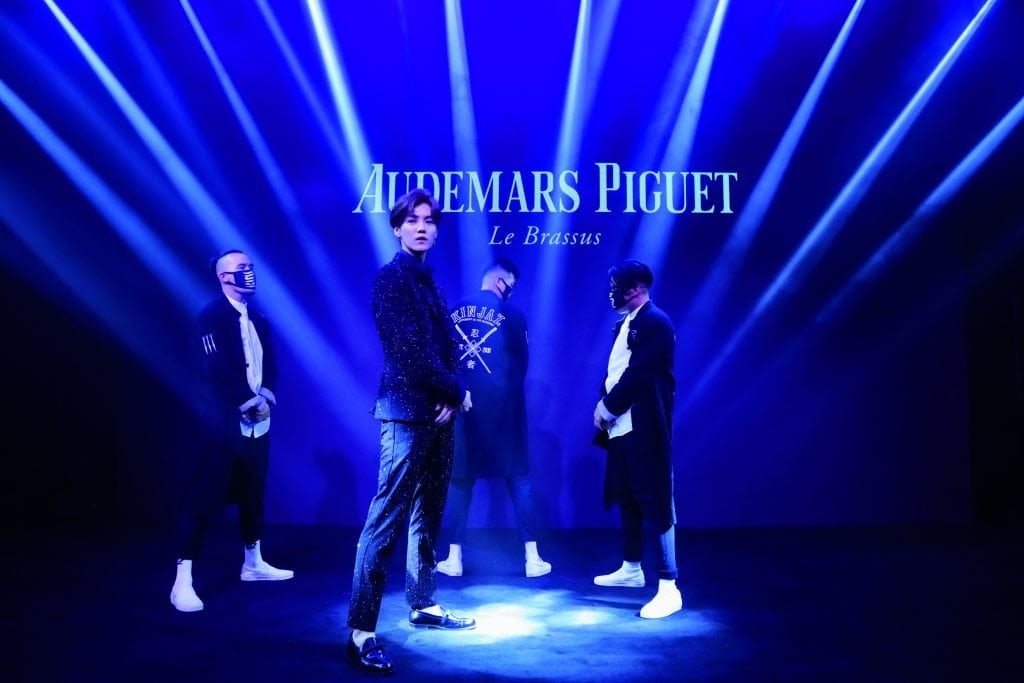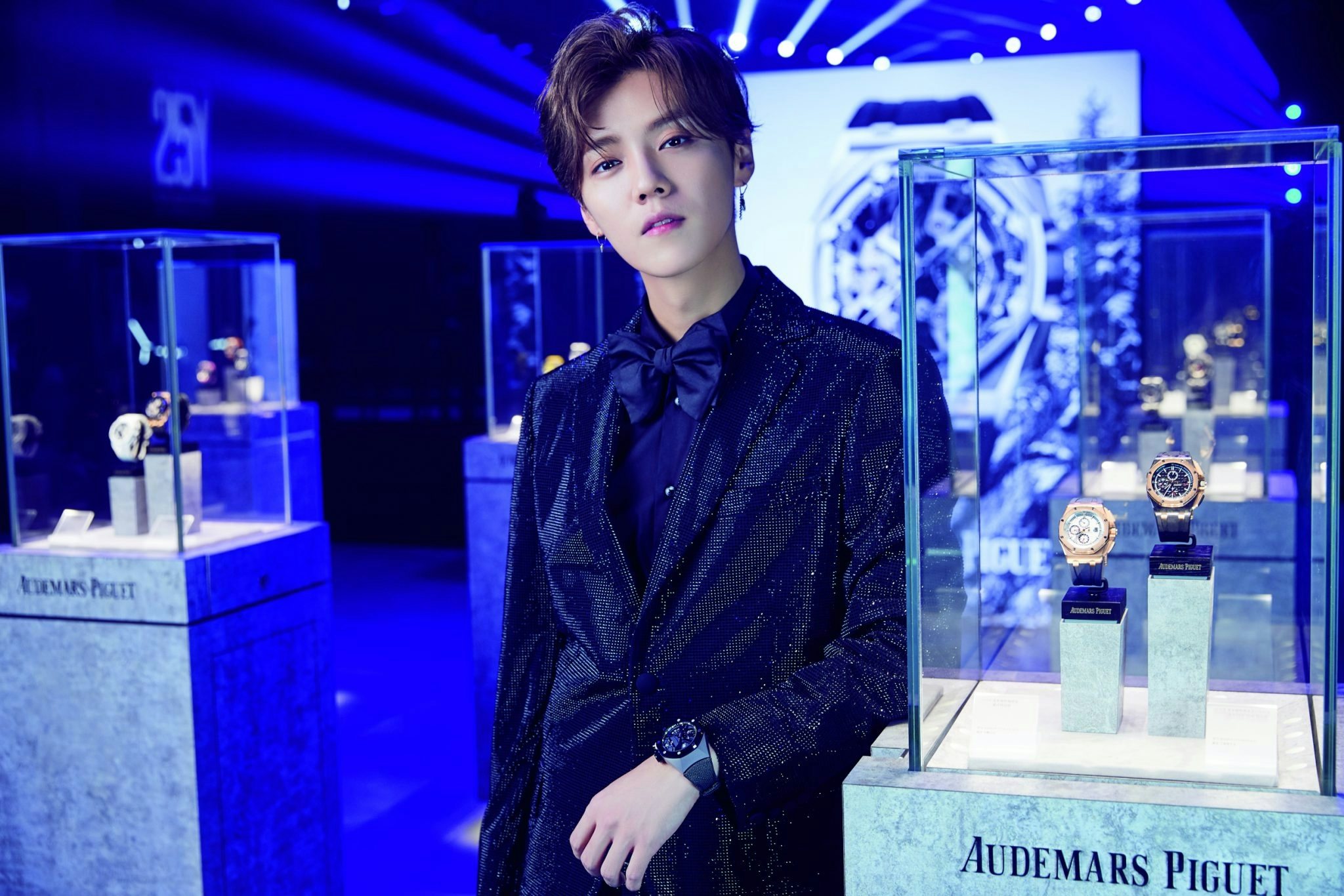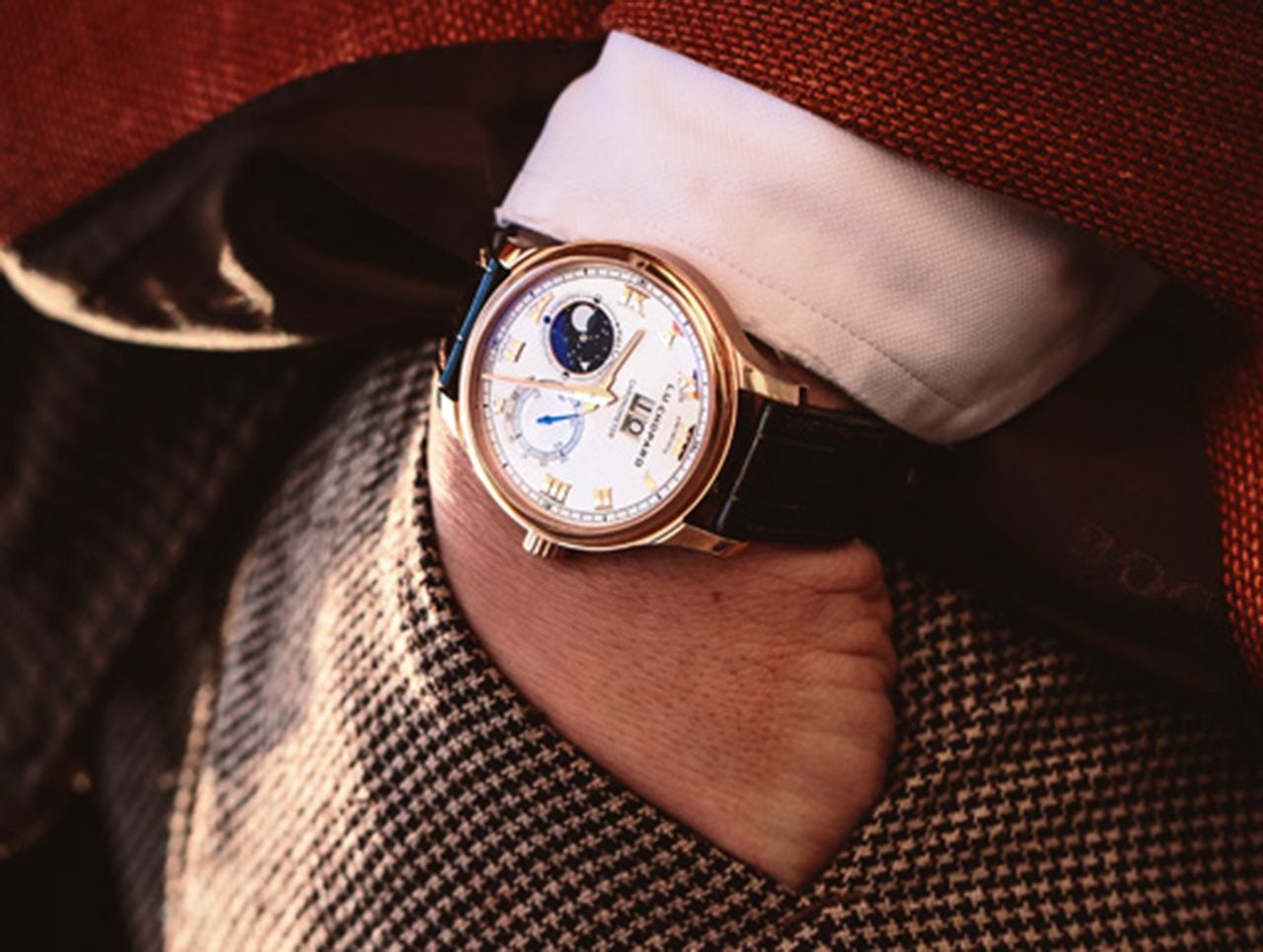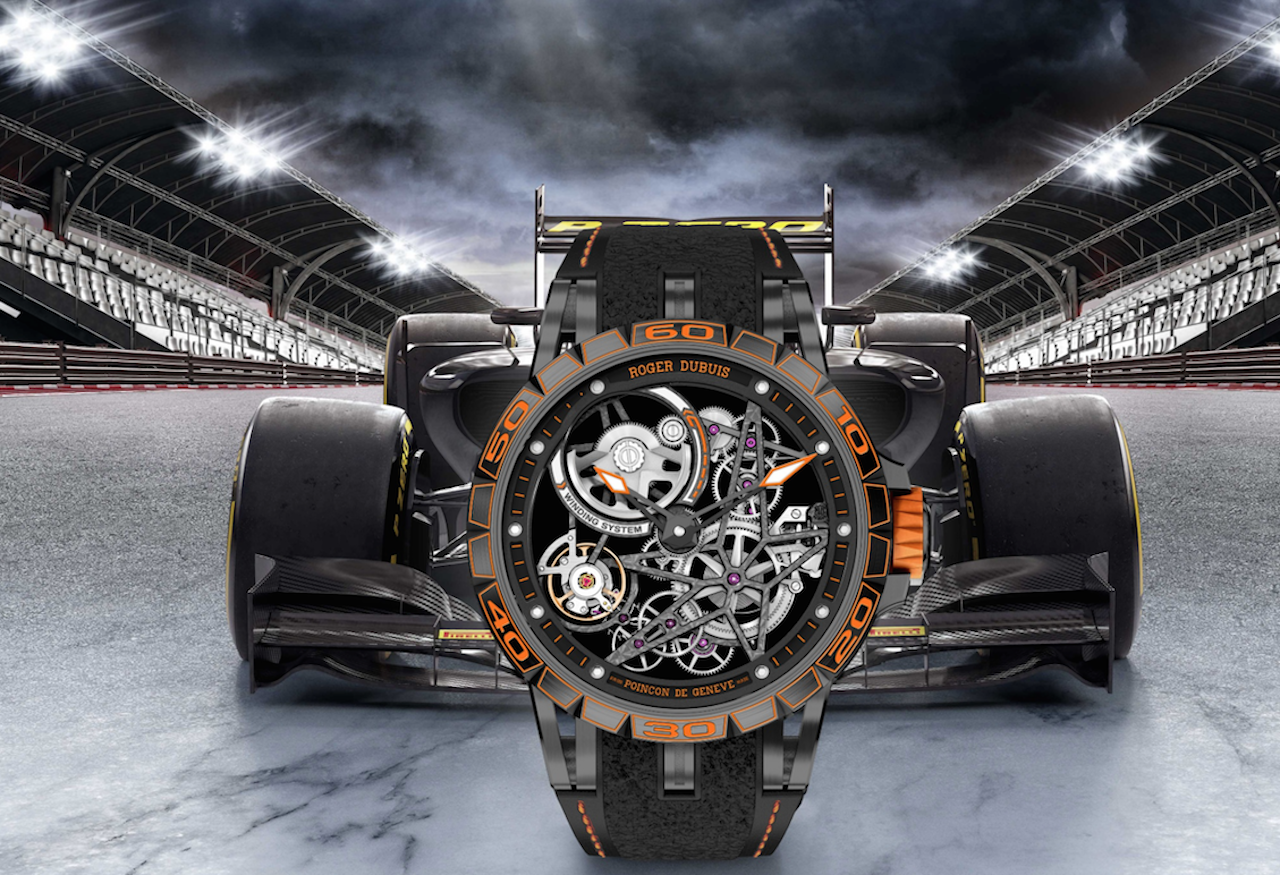The Swiss watch market has had a hard time in recent years, in part thanks to a severe crackdown on bribery within the Chinese government and a rise in grey-market goods in the United States. But surprisingly, China now seems set to lead the recovery of this entire industry, and it’s all due to a large generation of young, affluent consumers and the e-commerce strategies luxury watch brands have designed specifically for them.
The Time is Now#
According to data from The Federation of the Swiss Watch Industry, the early part of 2018 saw the luxury watch market’s largest growth in almost five years, with Hong Kong and Mainland China leading the comeback. From January to June of 2018, Hong Kong and Mainland China contributed over 237.6 million in exported sales, with the U.S. purchasing 108.6 million worth of luxury watch exports. This equates to a huge 29.5 percent rise from 2017 in Hong Kong, 13.4 percent in Mainland China, and 9.1 percent in the United States.
The boost comes after a serious slump in the Swiss watch market that followed the Chinese government’s anti-corruption measures, which took effect in 2014. The measures saw harsh punishments to government officials and diplomats for engaging in lavish gift-giving or spending, near devastating many of China's luxury industries that had previously relied heavily on these sales. The far-reaching anti-corruption campaign led the Swiss watch market’s global export value to drop by 3.2 percent in 2015 and then a hefty 9.9 percent in 2016, according to The Federation of the Swiss Watch Industry.
Fortunately, there was a slight recovery in 2017, with export value rising by a mild 2.7 percent.
“Thanks to recovery in the Chinese economy and consumers trading up, demand for high-quality watches increased,” said market researchers Euromonitor International in a company statement to Jing Daily, “and exports of Swiss watches to Mainland China witnessed a rebound over the recent 2018 review period.”
The Power of the Chinese Influencer#
A positive start to 2018 has boosted optimism within the industry, and luxury brands have begun to strategize on how to make the most of the growing Chinese market.
One brand doing this through the reach of China’s celebrity influencers is luxury watchmaker Audemars Piguet, which last month announced that the Chinese singer Lu Han would become the brand’s first-ever Chinese ambassador. The star has an incredible 50 million followers on Weibo—a number boosted by his massive fan base of loyal millennial consumers.

The singer posted an image of himself on Instagram at the 25th Anniversary celebration of Audemars Piguet’s Royal Oak collection with the caption: “It is my great honor to be the ambassador of Audemars Piguet, such a wonderful night!” The post has gained nearly a million likes so far. Audemars Piguet took to its official Weibo page to share more photos of the star, much to the delight of Lu Han’s fans.
“Chinese clients have become the largest group of customers for luxury goods worldwide, including Swiss watches,” said Audemars Piguet’s Greater China CEO David von Gunten to Jing Daily. “Chinese luxury shoppers are younger and affluent, they express themselves differently. They are avid fans of social media and use the platform to research, share and express their opinions about everything.”
In April, Audemars Piguet became one of the first haute horlogerie Swiss watchmaking brands to launch a pop-up store on WeChat. For two months, the brand used the platform to launch four new products, offering clients access to premium services such as JD.com’s white glove luxury delivery service.
For many traditional Swiss watchmakers, sticking with brick and mortar retail strategies was part of their demise back in 2014. Domenica di Lieto, CEO of the Chinese marketing consultancy Emerging Communications, believes a lack of creative marketing has held back many manufacturers, particularly when it comes to the millennial market.
“There are lessons to be learned from other luxury sectors in the innovative and engaging use of key platforms such as WeChat, as well as the creation of niche high-end apps, and use of buyer communities,” she said. “Often it is the level of engagement and authenticity behind messages from KOLs (key opinion leaders) and influencers that provides more value than using them based on a number crunching media buying type exercise. The Roger Dubuis tie in with Pirelli with the Race Against Time WeChat campaign was a good example of how to get creative right.”
The Roger Dubuis WeChat campaign encouraged the brand’s would-be consumers to take part in a game whereby they performed the role of a journalist by attempting to discover more about the timepiece at a racing competition. During the run of the campaign (May 29 through June 10) the promotion generated 5 million impressions on WeChat and steered hundreds of followers to the Roger Dubuis official account.
Another company harnessing the online spending power of young Chinese consumers is leading player Swatch Group China, who boast a group of luxury brands that includes Omega, Breguet, Harry Winston and Blancpain. In January 2018, the company partnered with Alibaba’s e-commerce platform Tmall.com to stage “Swatch Tmall Brand Day”, a unique online and offline shopping event.
Swatch invited TFBoys member Wang Junkai to the event, where he wore a specially designed, Swatch-branded watch. On July 9, the brand’s official Weibo shared a photo of Wang Junkai wearing one of its Skinpole watches along with a link to buy the 200 watch. The link has so far amassed over 12,000 clicks. On August 13, an advertising video starring Wang Junkai was shared on Swatch's Weibo page, and has gained over 7800 likes in 24 hours.
Looking Ahead#
For the global luxury watch market to continue to benefit from strong China sales, von Gunten explains that it’s not just the marketing strategy that needs to be creative. “Chinese clients are increasingly discerning in their taste,” he said. “We therefore constantly push the boundaries of innovation and quality with the aim to provide qualitative product styles and unique client experiences that address their needs.”
Di Lieto agrees and believes that design innovation and exclusivity is key in China. “Millennials want classic design, and something others do not have, so there is great scope for limited editions, particularly based on historic design,” said the CEO. “There is great opportunity for smaller producers of authentic high quality watches. The fact that they do not have large distribution is a distinct advantage - Chinese millennials would prefer what they buy to be difficult for others to source.”



